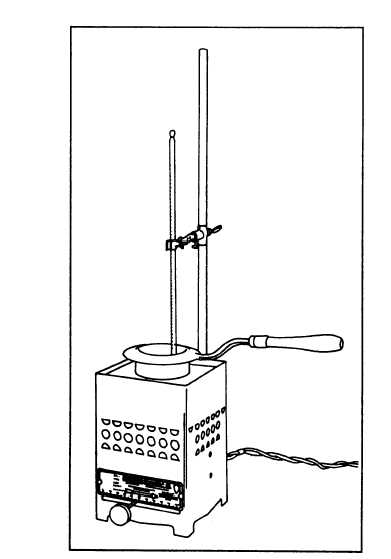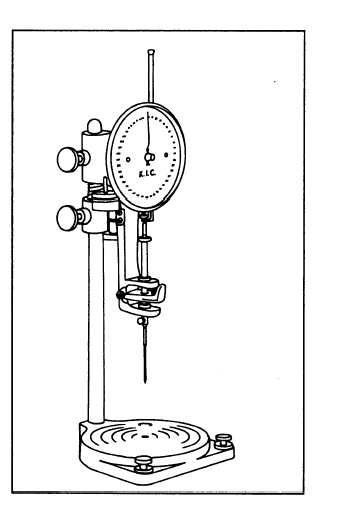Figure 13-32.-Cleveland open-cup flash point tester.
In addition to grade determination, the penetration
test is useful for other purposes, such as detecting
overheating or prolonged heating of asphalts in storage
tanks. Also, when the asphalt is extracted from a
pavement, the penetration test is useful in determining
how the asphalt has changed with age and weathering.
TESTS ON AGGREGATE
The desired characteristics of aggregates used for
bituminous paving include angular shape, rough
surface, hardness, and gradation. These qualities and
grain distribution largely affect the quality of the
resulting pavement. The larger, coarse aggregate
particles are the main structural members of the
pavement; however, if there were nothing but large
particles, there would be many unfilled voids between
adjacent particles. The fewer voids the mixture has, the
more dense the pavement and, therefore, the more
Figure 13-33.-Asphalt penetrometer.
durable it is. Ideal density is obtained by filling the voids
between the largest particles with smaller particles, and
soon, right down through the whole range of sizes from
coarsest to finest.
Common practice divides the aggregates used for
bituminous paving into coarse aggregate (retained on
the No. 10 sieve), fine aggregate (retained on the No.
200 sieve), and mineral filler. Usually 65 percent or
more of the mineral filler will pass the No. 200 sieve.
The distribution of the sizes determines how many voids
will remain and aids in determining how much bitumen
will be needed.
The EA must be able to perform a number of tests
on aggregates to determine their acceptability y for
bituminous construction. One test is the grain size
distribution test that is done by sieve analysis, using the
same procedure as described for soil in the EA3
TRAMAN. Tests for mineral dust and specific gravity
are also needed. Instructions for conducting both these
tests are contained in the following paragraphs.
13-45



